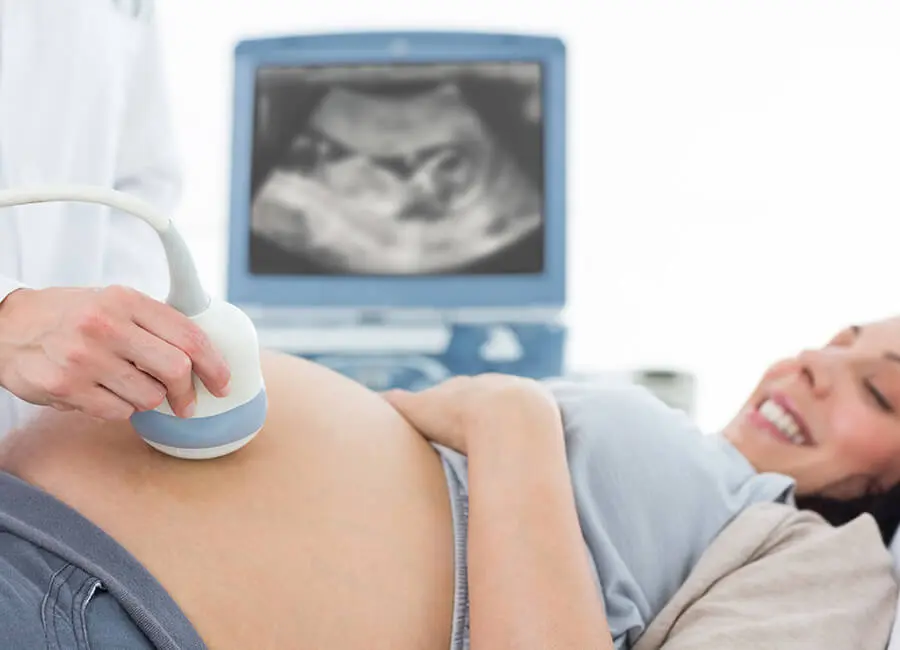
Pelvic Ultrasound
The pelvic ultrasound is an important part of the initial evaluation in the office and is the main way to evaluate your ovaries and uterus.
Antral follicle count (AFC)
Measuring the AFC during a pelvic ultrasound is another method to measure your egg quantity like FSH (Follicle stimulating hormone) or AMH (Anti-mullerian hormone) levels. Levels less than 8 suggest a low egg count and may indicate a need for higher medication doses during treatment. Ovarian cysts seen during the pelvic ultrasound may interfere with ovulation and fertility treatments. They may need to be reevaluated in 1-2 months or treated with laparoscopy.
Uterine evaluation with pelvic ultrasound
The pelvic ultrasound can determine if there are fibroids, polyps or abnormal uterine lining which can prevent a fertilized egg (embryo) from attaching to the wall of the uterus (implantation).
Uterine evaluation with saline infusion ultrasound (SIS)
If a suspected fibroid or polyp is seen with a pelvic ultrasound, a saline (salt water) ultrasound may be done. The SIS makes it easier to see inside the uterus to determine if the fibroid or polyp may be preventing the fertilized egg (embryo) from attaching to the wall of the uterus (implanting).
Hysterosalpingogram (HSG)
A hysterosalpingogram is an x-ray of the uterus to see if a woman’s fallopian tubes are open. It is also used to look at the shape of the inside of the uterus and to see if there are polyps or fibroids inside the uterus. An HSG is performed on day 5-11 after a woman’s cycle starts. If both tubes are blocked a patient may need In Vitro Fertilization to conceive. If a hydrosalpinx (chronic infection of the tube with a dilated appearance) is seen it may need to be removed with laparoscopy prior to fertility treatment.

